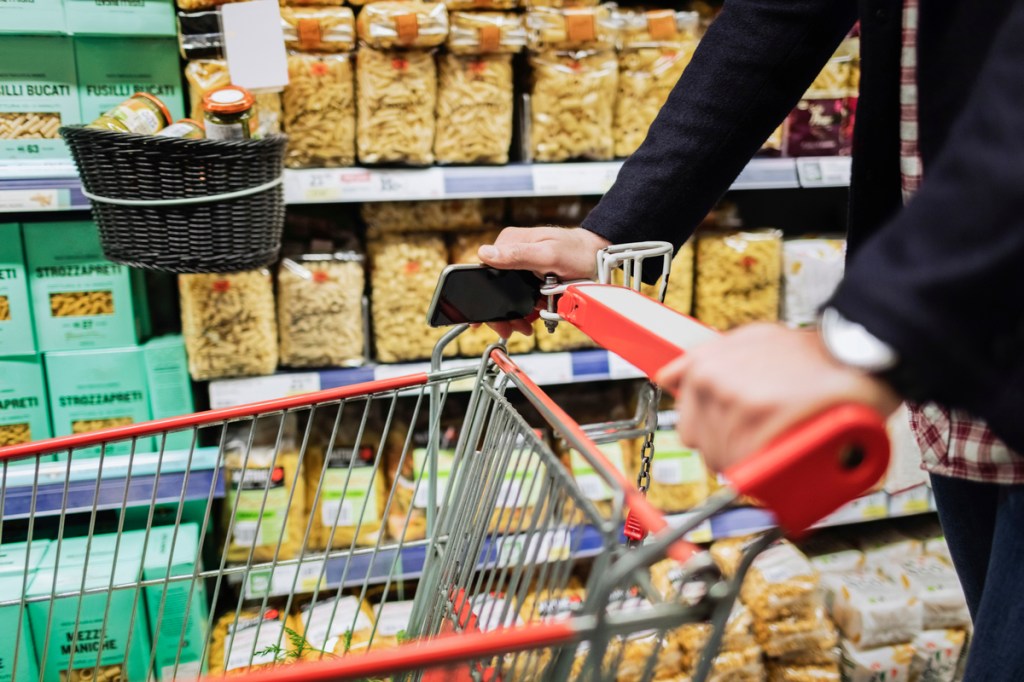There’s no mistaking the impact that e-commerce is having on shopping behavior. And the impact is spreading. In 2017, New Zealanders spent approximately $10 billion buying products online, an increase of 9%. And while we’ve been tracking online purchasing across specific categories for some time, we’re starting to see this take shape in the fast-moving consumer goods (FMCG) sector.
Online grocery, which currently accounts for 3%-4% of total grocery sales in New Zealand, continues to drive growth and we expect that growth to accelerate in 2019 as retailers meet rising consumer demand with the continued rollout of their e-commerce programs.
Many shoppers are growing more comfortable with buying online, particularly with respect to previous barriers to adoption: they trust that they’re purchasing genuine products; they are using secure payment methods; they trust that their purchases will arrive safely; and they trust that their items will arrive on time and in good condition. Within the broader FMCG sector, we’ve seen an increase in shoppers’ likelihood to buy packaged groceries, household cleaning products and paper products, and wine and alcoholic beverages online compared with last year.
As a result, dollar sales across FMCG supermarket e-commerce is growing at a rate of 37% (in dollar terms vs. last year), while total grocery sales are growing at 3%. Consequently, e-commerce represents approximately 59% of supermarket dollar growth, compared with brick-and-mortar sales, which represent 41% share of dollar growth.
Given the sales growth and future potential, head-to-head competition among global players, local vendors, and meal kit providers in the FMCG sector will intensify. To stay ahead, fresh food manufacturers will need to continue offering solutions to help shoppers overcome their hesitations to buy online. Impulse category manufacturers will need to find new ways to maintain relevance in an online basket. In an increasingly competitive landscape, we predict that in 2019, manufacturers and retailers will increase their focus on supply chain efficiencies, assortment optimization, price and promotion efficiencies, and profitability analytics.
While Kiwi consumers continue to seek value in their everyday grocery purchasing, there are still opportunities for growth through more convenient and premium product offerings. Brick-and-mortar retailers are looking for new ways to differentiate the offerings around the perimeter of their stores by increasing their focus on health and wellness, premium products in the chilled and frozen aisles, and through fresh meal solutions. Products like sushi, chilled and fresh soup, pizza, hot chickens, and ready-to-cook meals are just some of the products that retailers are using to differentiate the in-store experience.
To stay competitive, centre-of-store categories should also look to these growing shopper motivations to ensure they have healthy food offerings, as well as the right mix of premium and everyday products. Differentiating around the perimeter of the store is just one way to respond to the continued emergence of convenience shoppers. According to a recent study of the Kiwi convenience consumer, those who sought out “convenient food solutions” tend to be younger (between the ages of 15 and 44), heavier users of the internet (via desktop and mobile), aspiring to a standard of “health,” and choose “convenience” over “price.”
Ultimately, suppliers who are in a position to act and innovate locally will capitalize on the continued trends we see toward premiumization, health and wellness, and convenience—even in a slower growth environment.
This article was originally published in the New Zealand FMCG Business Magazine




